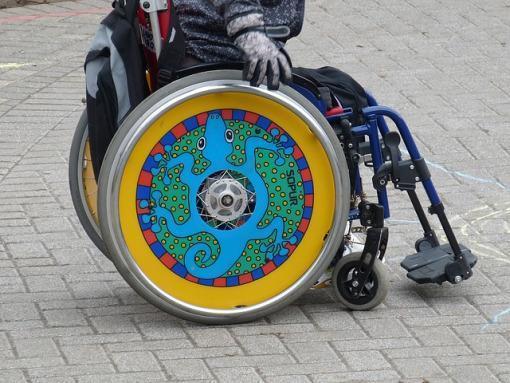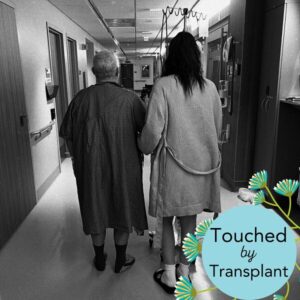Families coping with a spinal cord injury have so many factors to consider, from immediate medical support to long-term care and financial planning. In the final installment of our series, Amy Bratta gives us 7 common misconceptions about spinal cord injury rehabilitation.

Myth 1: Cost isn’t a factor after a spinal cord injury.
In most cases, injured individuals will need wheelchairs, lift systems, ramps and bathroom equipment before continuing to recover at home – and those are just the basics. Access to these resources is significantly impacted by insurance and a patient’s individual financial circumstances.
Myth 2: Young adults find it easier to deal with spinal cord injuries.
When it comes to spinal cord injuries, every individual is unique. Rehabilitation depends on social support, how the injury happened and a host of other variables. Age is not necessarily the leading factor that differentiates one patient’s experience following a spinal cord injury from another’s.
At Magee, we try to meet young adults where they are in terms of coping with their injury. We hold adolescent or young adult support groups. We’ve developed a young adult suite with tutoring, computer access, gaming, large-screen TVs and other comforts that provides a space where recovering young adults can spend their time. Specialty age-related counselors and coordinators are on staff to help adolescents return to school and work, or to pursue educational opportunities once back in the community or online.
Myth 3: Spinal cord injury rehabilitation ends once you leave the hospital.
When a person is admitted to inpatient rehabilitation, he or she is evaluated by a team of clinicians. Together, the person and team set goals and a plan to reach the goals. These goals stretch well beyond the initial inpatient hospitalization. We help patients and families create a therapy plan for what they can do now, with the movement they have, but we also help them to develop a long-term plan of care for when they leave the inpatient rehab environment. The end of inpatient therapy is not the end of spinal cord injury recovery! People can continue to participate in therapy at home or in outpatient depending on the circumstances.
Myth 4: Spinal cord injuries stay the same throughout an individual’s lifetime.
As an individual with a SCI ages, he or she will face new and different challenges or complications. In addition to the normal effects of aging that we all face, SCI-related complications may present themselves years after the injury itself. You may gain weight, increase or decrease your level of strength, or experience changes in your skin’s strength. Sometimes, these factors can be managed or minimized with foresight. But in other cases, internal developments may be out of your control. That’s why it’s essential to have a knowledgeable and dependable team to supervise your long-term health and rehabilitation.
Myth 5: Families can’t do much to support spinal cord injury rehabilitation.
Social support is a critical component. Our multidisciplinary team members are part of that support system. We encourage families to be actively involved in their loved one’s inpatient hospital stay as soon and as often as they can, as they will play a critical role in supporting the next phases of rehabilitation once their loved one is back in the community and out of the hospital.
Myth 6: Physical therapists can easily predict how each patient will progress.
I wish we had a crystal ball and could predict the future. We try to help patients understand what we see as their current potential and what we know might be possible based on the level of their injury. There is always room for hope. With spinal cord injuries, it’s never black and white. We tell patients, this is what we can see and anticipate right now. If those circumstances change, it’s time to reevaluate.
Myth 7: A positive attitude has little influence on how patients deal with rehabilitation.
A positive attitude makes a significant difference in helping someone to achieve the highest level of independence possible. This may sometimes mean a full recovery of physical function; other times it may mean using technology and equipment to lead an active and independent lifestyle. Mental toughness and motivation are keys to success in both of these scenarios.
Our myth buster is Amy Bratta, the spinal cord injury Therapy Manager at Magee Rehabilitation Hospital in Philadelphia.
Written by Emily Progin










